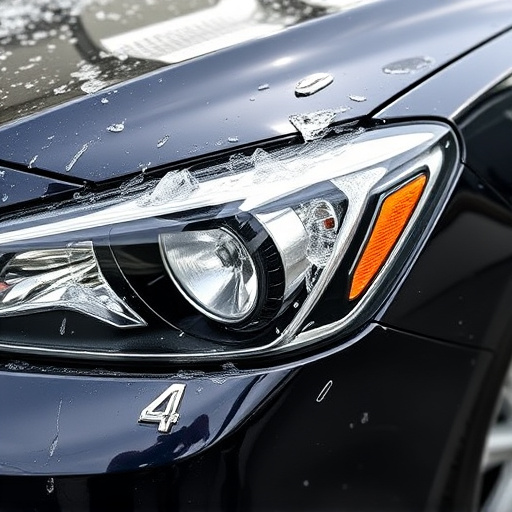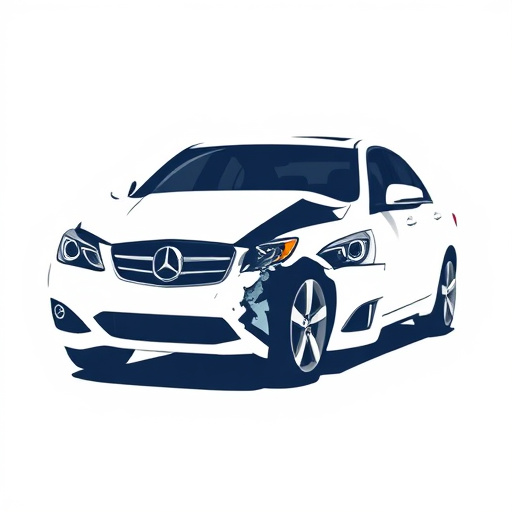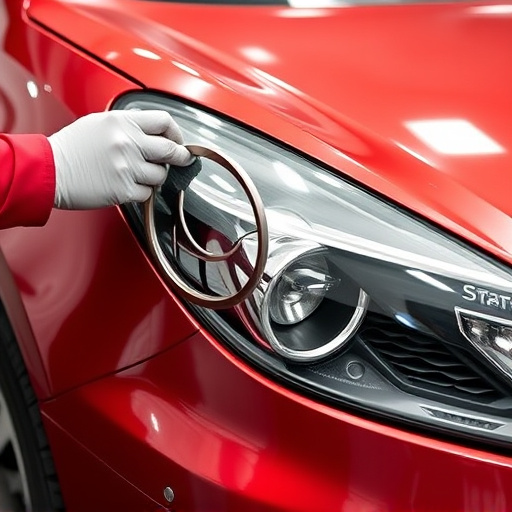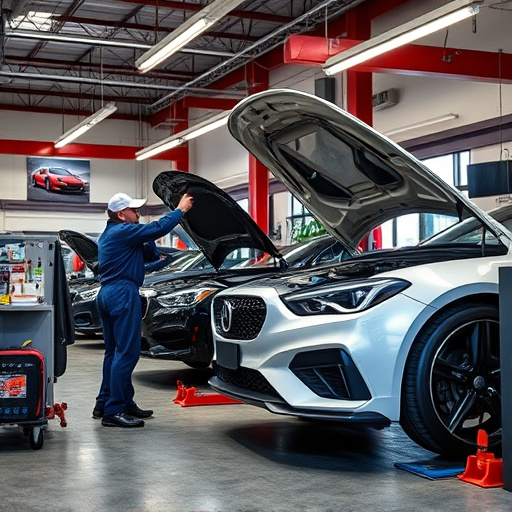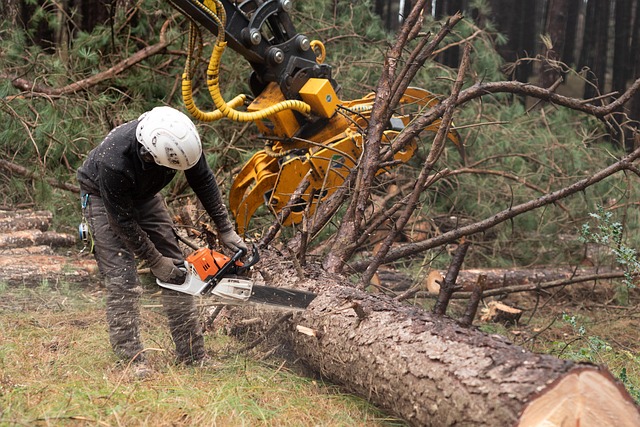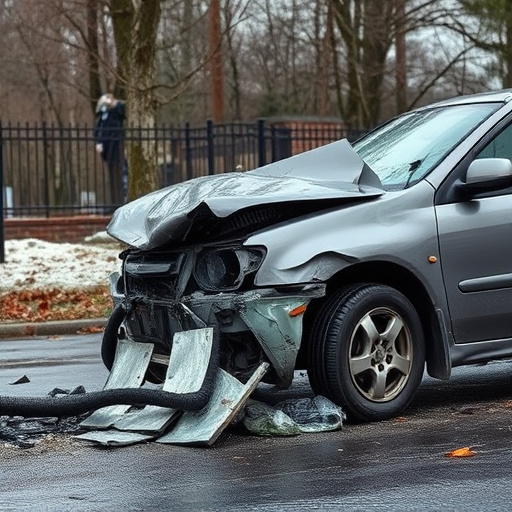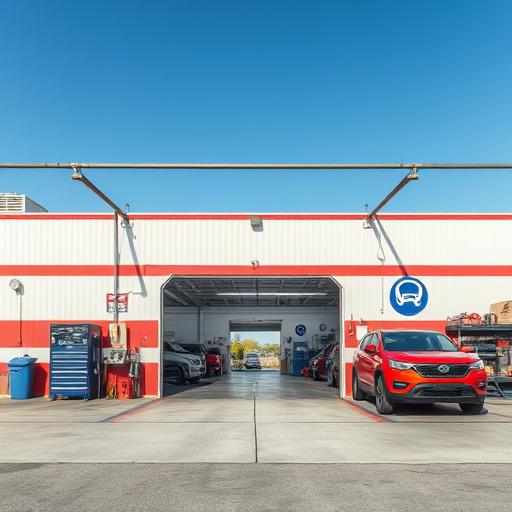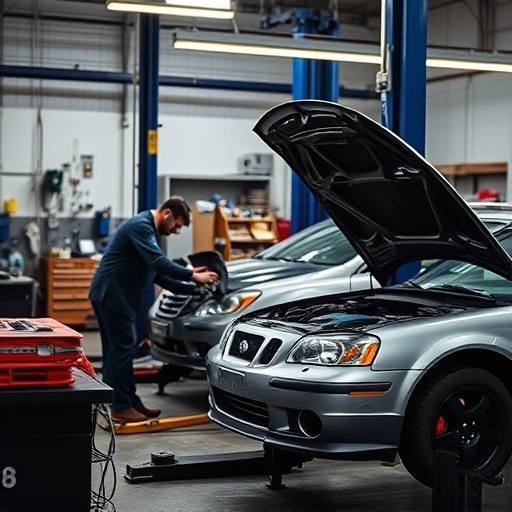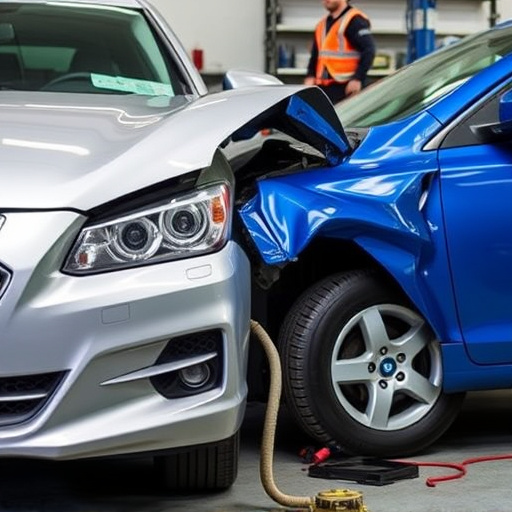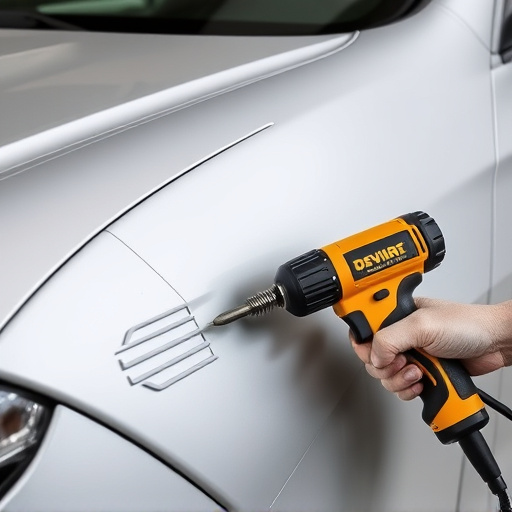Mastering pickup truck body repair demands a deep understanding of their construction and utilizing both manual and automated techniques. It involves inspecting for hidden damage, using specialized tools like hammers, screwdrivers, welding machines, sanders, jigs, templates, lifts, paint guns, and spray booths in a well-stocked workshop. This guide offers a comprehensive 6-step process: safety & workspace prep, cleaning & priming, dent & crack repair, panel replacement, painting, and maintaining tire health & regular vehicle maintenance for optimal pickup truck body repair.
The pickup truck, a versatile workhorse on the road, requires expert care when its body incurs damage. This article navigates the next steps after successful initial repairs, delving into advanced techniques, safety considerations, and future innovations in pickup truck body repair. From mastering essential tools to exploring CAD and 3D printing technologies, understanding legal obligations, and embracing emerging trends, this guide equips professionals and enthusiasts with the knowledge to elevate their skills. Discover how these insights contribute to more precise, durable, and safe pickup truck body repairs.
- Mastering the Techniques for Pickup Truck Body Repair
- – Tools and equipment essential for successful repair
- – Step-by-step guide to common pickup truck body damage fixes
Mastering the Techniques for Pickup Truck Body Repair

Mastering the Techniques for Pickup Truck Body Repair involves a deep understanding of the unique challenges posed by these rugged vehicles. Pickup trucks have distinct body styles and components, demanding specialized skills to fix dents, cracks, and other damage effectively. The first step is to acquire proficiency in both manual and automated repair methods, as many modern pickup trucks come with advanced safety features integrated into their bodies.
Training should encompass a range of techniques, from using specialized tools for metal shaping to mastering the art of auto glass repair, which is crucial given the large windshields and windows common in pickup trucks. Additionally, learning auto collision repair methods ensures that body panels can be precisely aligned and painted to match the truck’s original finish. An expert auto repair shop will also teach students how to inspect for hidden damage, as pickup trucks’ robust frames and bodies can sometimes mask underlying issues.
– Tools and equipment essential for successful repair
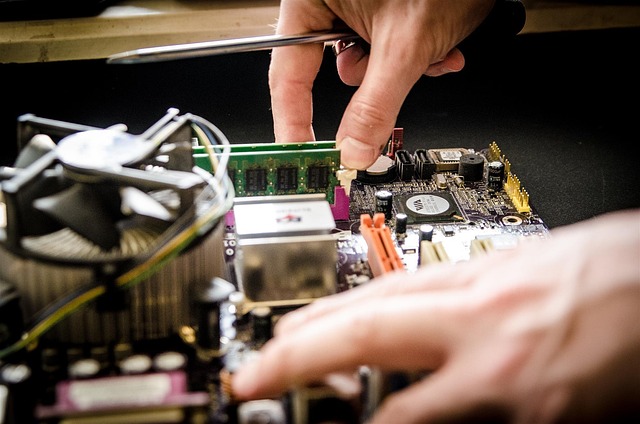
For successful pickup truck body repair, a well-equipped workshop is essential. The right tools and equipment play a pivotal role in ensuring precision and quality. At the core, an array of hand tools like hammers, screwdrivers, and wrenches are indispensable for disassembling and reassembling panels. Moreover, power tools such as welding machines, angle grinders, and sanders expedite the process, facilitating more complex tasks like fender repair and panel replacement.
Specialized equipment tailored for pickup truck body repair is crucial. This includes jigs and templates for accurate alignment, as well as specialized lifts for safely handling heavy components. Additionally, a collision repair shop should invest in high-quality paint guns and spray booths to achieve professional-grade finishes during the repainting process. These tools collectively empower technicians to undertake various vehicle repair tasks with efficiency and precision, ultimately ensuring top-notch pickup truck body repairs.
– Step-by-step guide to common pickup truck body damage fixes
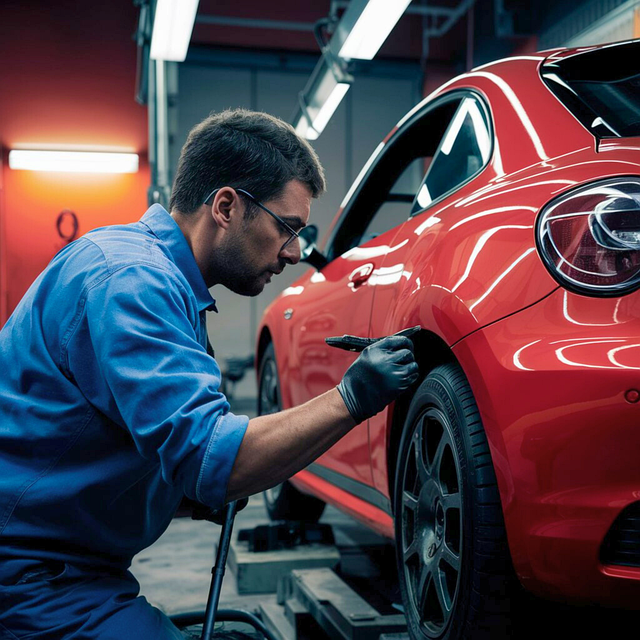
After successfully assessing the damage to your pickup truck body, it’s time to move on to the repairs. Here’s a step-by-step guide to tackling common fixes:
1. Safety First: Ensure your workspace is well-lit and organized. Put on protective gear, including gloves and safety glasses. This is crucial for both your safety and the integrity of your work.
2. Clean and Prepare: Remove any loose debris from the damaged area using a pressure washer or degreaser. Once clean, use a primer to prepare the surface. Priming helps the paint adhere better, ensuring a more durable repair.
3. Fix Dents and Cracks: For minor dents and dings, consider using a dent puller tool. For deeper dents or cracks, a professional-grade filler or putty will be necessary. Apply it evenly over the damaged area, allowing it to set before sanding.
4. Replace Damaged Panels: If a panel is beyond repair, measure and cut a new one to fit precisely. Use high-quality automotive-grade panels for best results. Pre-drill holes to ensure alignment and secure the new panel with rust-resistant hardware.
5. Paint and Finishes: After all repairs are complete, apply an even coat of paint using a spray gun or roller. Allow it to dry completely before adding any final touches, such as trim or moldings.
6. Tire Services and Vehicle Repair Services: While not part of the body repair process, keeping your truck’s tires in good condition and addressing any other mechanical issues is essential for overall vehicle health. Regularly inspect tire tread depth and pressure, and don’t hesitate to seek professional auto collision repair services for more complex repairs or maintenance.
In conclusion, mastering pickup truck body repair involves acquiring the right tools and understanding fundamental techniques. By following a structured approach, from assessing damage to applying proper repairs, you can ensure your pickup looks as good as new. Continuously refining your skills and staying updated with industry advancements will solidify your expertise in this essential maintenance area.
